If you had spotted the above Leica CL film camera on eBay, it might have been described like this:
USED LEICA CL (For Parts or Repair)
The camera’s viewfinder is missing its front and rear optical frames. But the lens looks great, the aperture works, and the winder winds. I don’t know if the shutter works properly. And I don’t have film or a battery to test it. So examine the photos carefully, as they are part of the product description.
In other words: “Buy at your own risk.”
A “Lucky” Find
But I didn’t buy the camera on eBay. About 20 years ago, I found it in a Goodwill junk bin, and forked over $3 for it. Regardless of how the camera came to be in that condition, its Summicron 1:2/40mm lens was in gorgeous working order. And that alone made it a steal I couldn’t refuse.
Then years later, after I bought one of Fuji’s first X-Pro1 mirrorless digitals, I decided to adapt the Summicron to the X-mount (and consigned the CL body to a shelf). I was amazed at how much better than my X-Pro lenses the f/2 “Cron” is at differentiating subtle shades of color. And it remains a favorite lens for low-light digital photography.
The Caffenol Effect
Last year, the joys of at-home Caffenol development lured me back to film. So I popped the lens back on the CL, loaded some Tri-X 400, and on a sunny late afternoon, took it out for a short walk. Using Sunny-16 metering, these two images were the only usable ones I got:
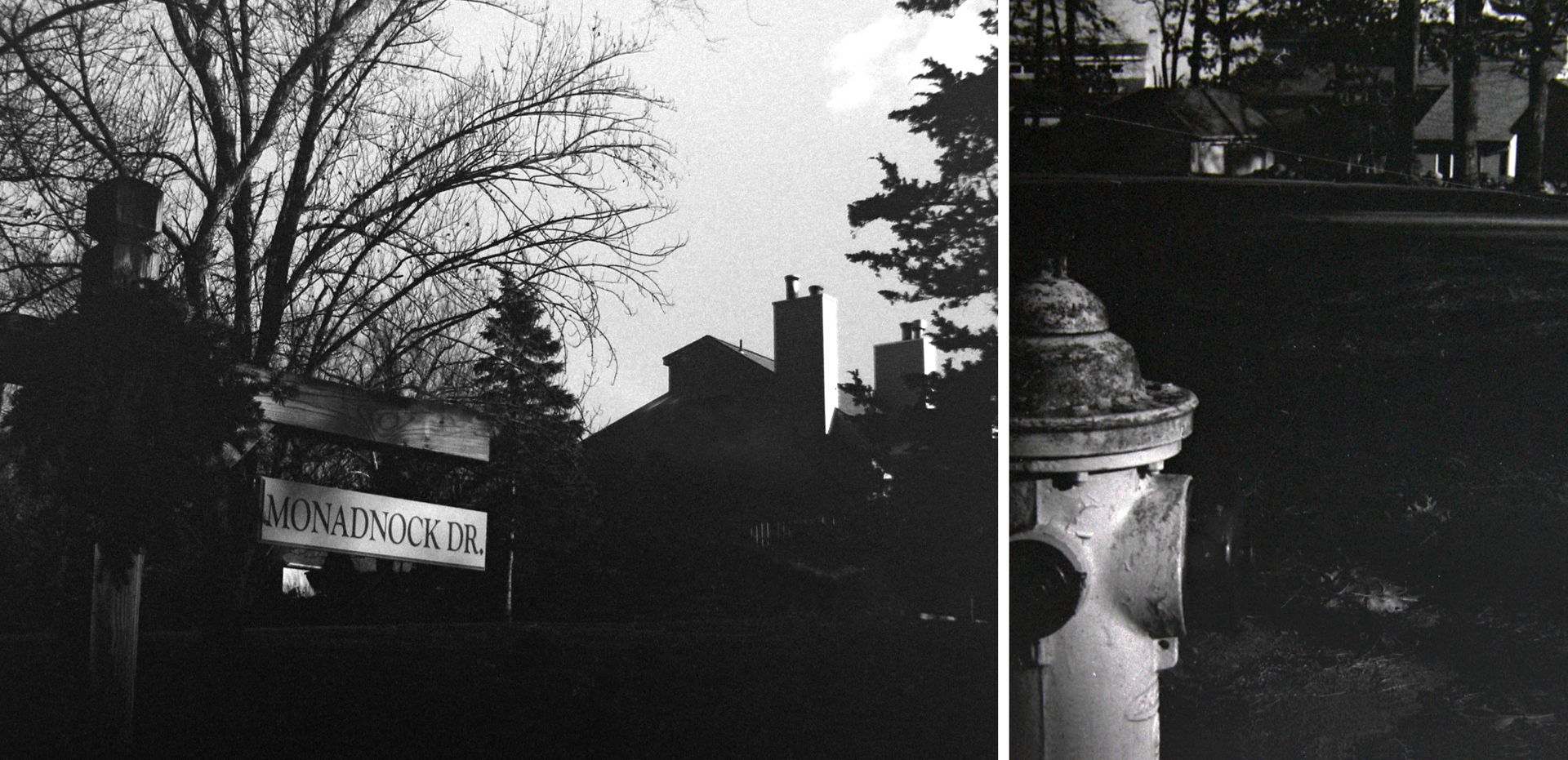
I do love “noir.” But something other than the viewfinder seemed broken.
Watching the camera’s cloth shutter in action, I saw two problems. First, the slower speeds from 1/30th to 2 seconds appeared to work fine. (Bulb doesn’t work at all). But the faster speeds I’d used for those shots (1/60th second and up) were all timing at around 1/30th. Exercising the shutter at full f/2, I also noticed that its curtains– which move vertically rather than horizontally– blocked the entire upper half of the film gate at the higher speeds. Only the lower half of the aperture passed light to film. It may be what’s called “shutter capping.”
And that’s when I decided to try again, but this time, I would work around the camera’s obvious troubles.
Making a Silk Purse From a Sow’s Ear
Yep, that old farmer’s wheeze is what I decided to do. Without its outer optical elements, the camera’s viewfinder/meter assembly was unusable. Sunny-16 metering for outdoor exposures was a logical solution.
But with the camera’s fastest working shutter speed of 1/30th second, I probably couldn’t shoot bright sunny scenes with ISO 400 (or even 100) film. I could limit my next outing to low-light conditions, but wanted to try a better approach.
Slow Film
I ordered a roll of ISO 50 AGFA Copex Rapid Microfilm that was spooled for 35mm cameras. Its low speed would widen my shooting opportunities to near normal. And Sunny 16 would suggest settings like these for ISO 50 daylight shots:
- Full sun: 1/50th second @ f/16
- Bright cloudy: 1/50th second @ f/11
- Cloudy: 1/50th second @ f/8
- Overcast: 1/50th second @ f/5.6
- Sunset/Dusk: 1/50th second @ f/4
However, 1/50th second wasn’t unavailable, and 1/30th at the above apertures would overexpose. But black-and-white films tend to enjoy a bit more light and I decided to use 1/30th at the above apertures.
I also decided to save slower shutter speeds for the low-light, tripod-mounted, interiors that would follow. (I estimated their exposures with an Olympus C-8080 WZ digicam– the same camera I use to easily digitize film for this and other 35mmc articles.)
Added Equipment
The only other bits I needed were a vintage rangefinder accessory (on the table in front of the camera below) and an external viewfinder (mounted in the camera’s flash shoe). I later realized that I didn’t really need the rangefinder accessory. As you also see here, the lens is very clearly marked for Hyperfocal Focusing:
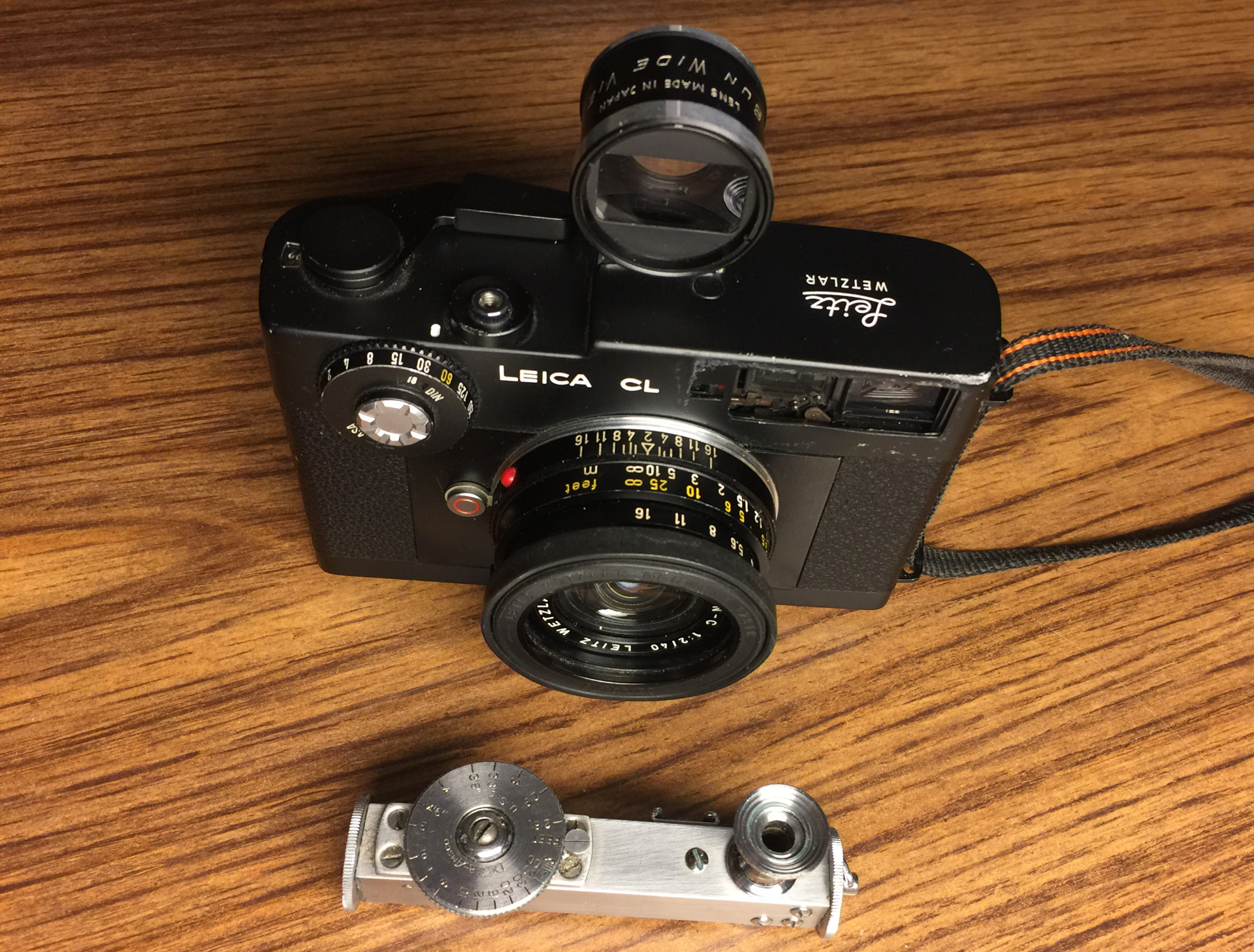
Plus a Caffenol Adjustment
Copex Rapid is high-contrast microfilm, so I felt that my usual Caffenol recipe and procedure should be adjusted “downward.” Otherwise, the negatives might suffer severely blocky black/white contrasts. Searching the web for others’ experiences, I tweaked my usual procedure (for one roll of film):
- Boil 60ml of filtered water in a Pyrex measuring cup.
- Stir in 8 tsp of non-decaf instant coffee for about 3 minutes (or until fully dissolved).
- Add 65ml of cold filtered water.
- Continuously stir in 3 tsp of non-hydrous soda ash for about 3 minutes (or until dissolved).
- Top up the developer with 125ml of cold filtered water and stir until everything is mixed.
- Add 1 tsp of vitamin-C powder and stir until the fizz fully dissolves.
- Add one or two ice cubes and stir until an instant-read thermometer reads 20C (68F). Then remove remaining ice. You should have 1 cup (or slightly more) of Caffenol developer.
- Pour the Caffenol into the developing canister with the film.
- Do 10 slow agitations and stand the canister on the counter with a good tap (to dislodge any air bubbles that may have formed on the film).
- Then do 3 slow agitations every 3 minutes for around 16 minutes (again tapping the canister on the counter after each trio of agitations).
- After 16 minutes, pour the Caffenol down the drain.
- Pour tap water into the canister to “stop” development, agitate, and pour down the drain. Repeat 3 or 4 times until the discarded water is colorless.
- Fix the negatives with a 3-minute slow agitation of 1 part Ilford Rapid Fixer to 4 parts water– and save the used fixer in a sealed, light-tight container for future use.
- Pour tap water into the canister and invert 5 times to begin rinsing out the fixer. Fill again with tap water and invert 10 times. And finally, fill with clean filtered water and invert 20 times. (I use filtered water for the last cleaning because our “hard” tap water has high mineral content.)
- Then, I hung and weighted the film with medium-sized binder clips, and gently squeegeed it front and back with a soft-edged silicone spatula (to remove water).
NOTE: My general impression from this was that the Caffenol fluid was more coffee-dense than I used for faster black-and-white films. But the agitation procedure was shorter and more gentle. Iodized salt was also omitted from this recipe because Copex Rapid isn’t a high-speed film, and theoretically, shouldn’t suffer “fogging.”
Decent Results!
Though this was my first time developing microfilm, the negatives came out nicely. And it’s good that I like contrast!
NOTE: My only post processing for these photos was cropping for visual interest and re-spreading their grayscale tones across the full spectrum using my photo editor’s Levels command.
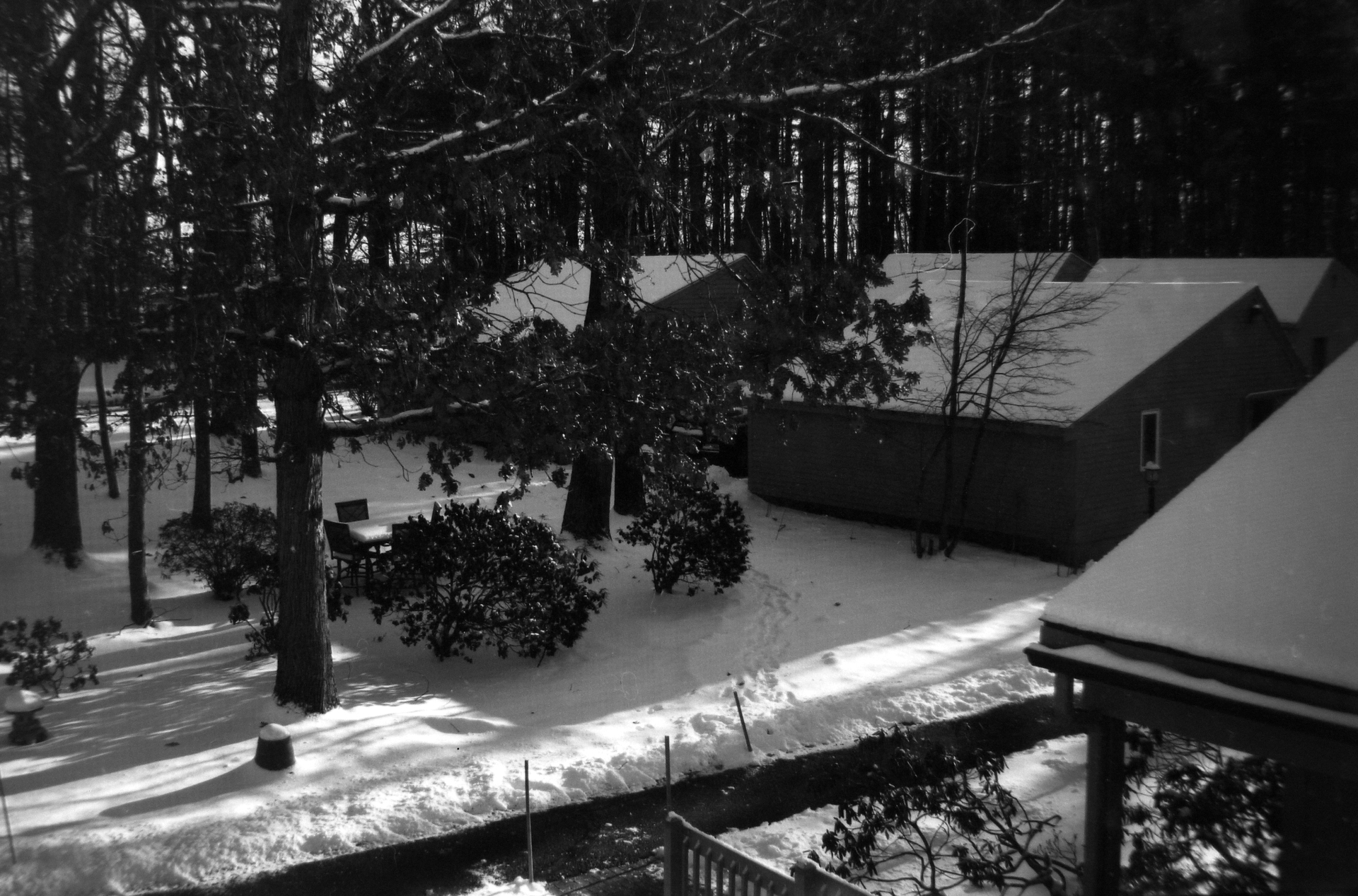
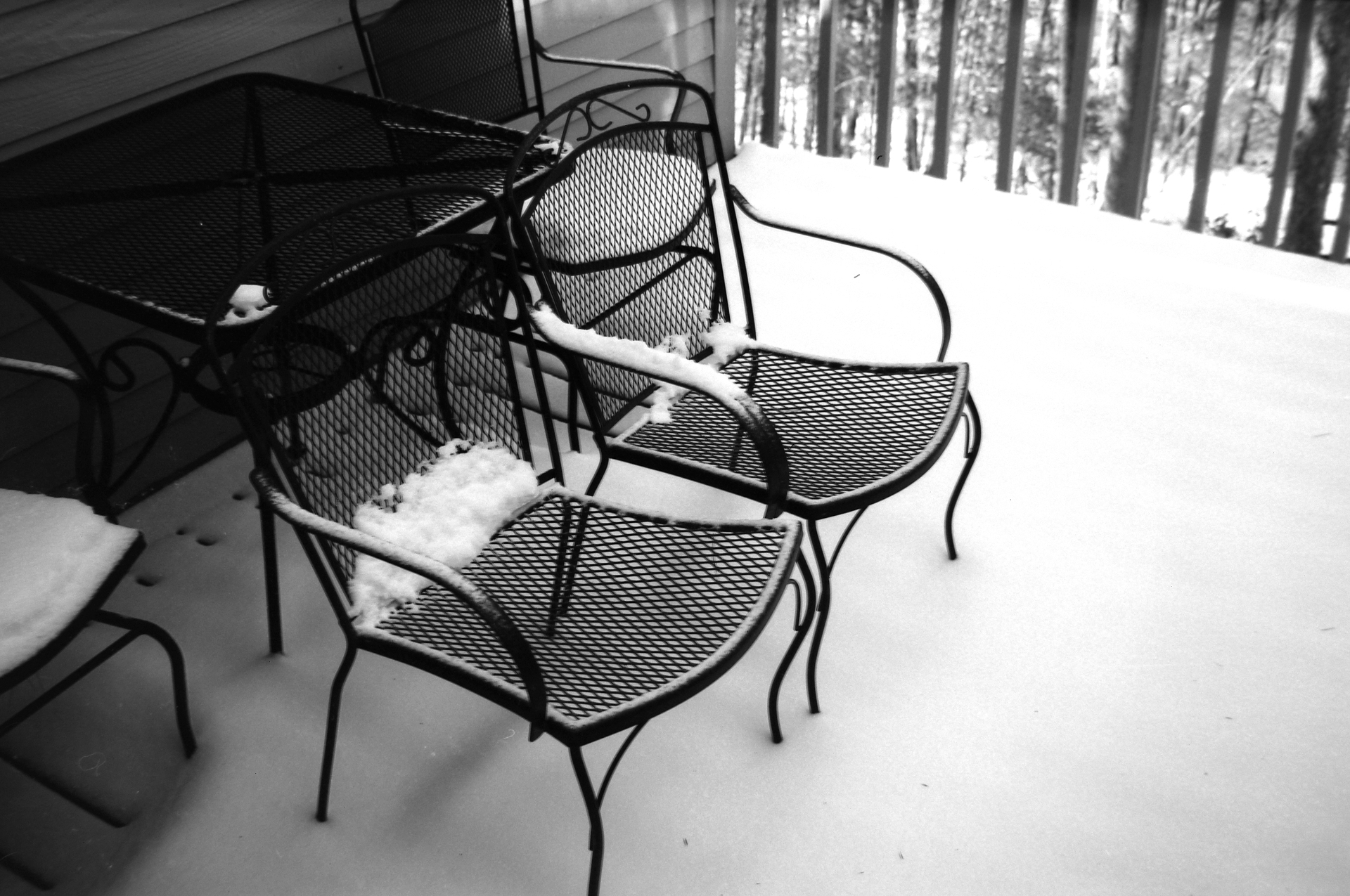
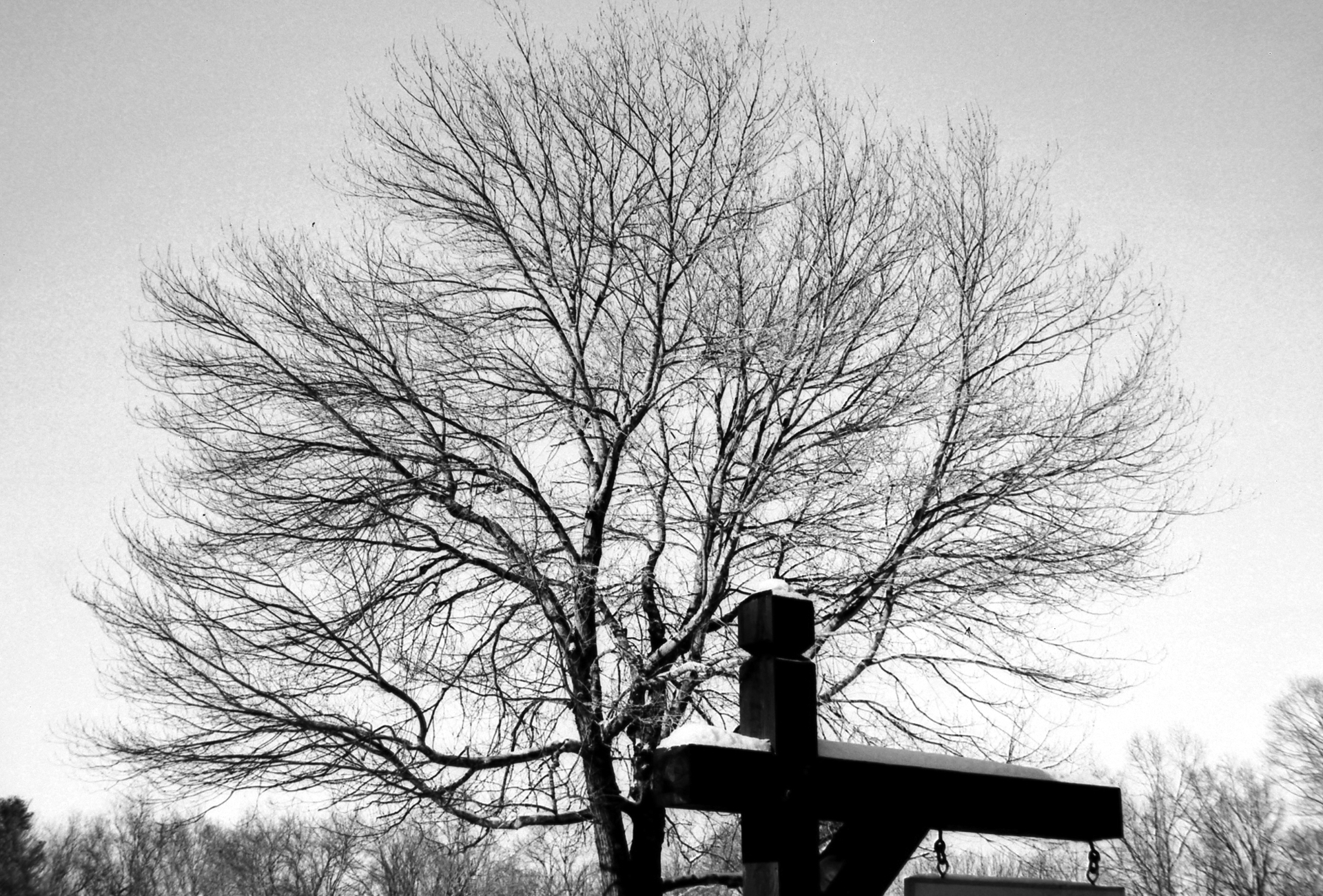
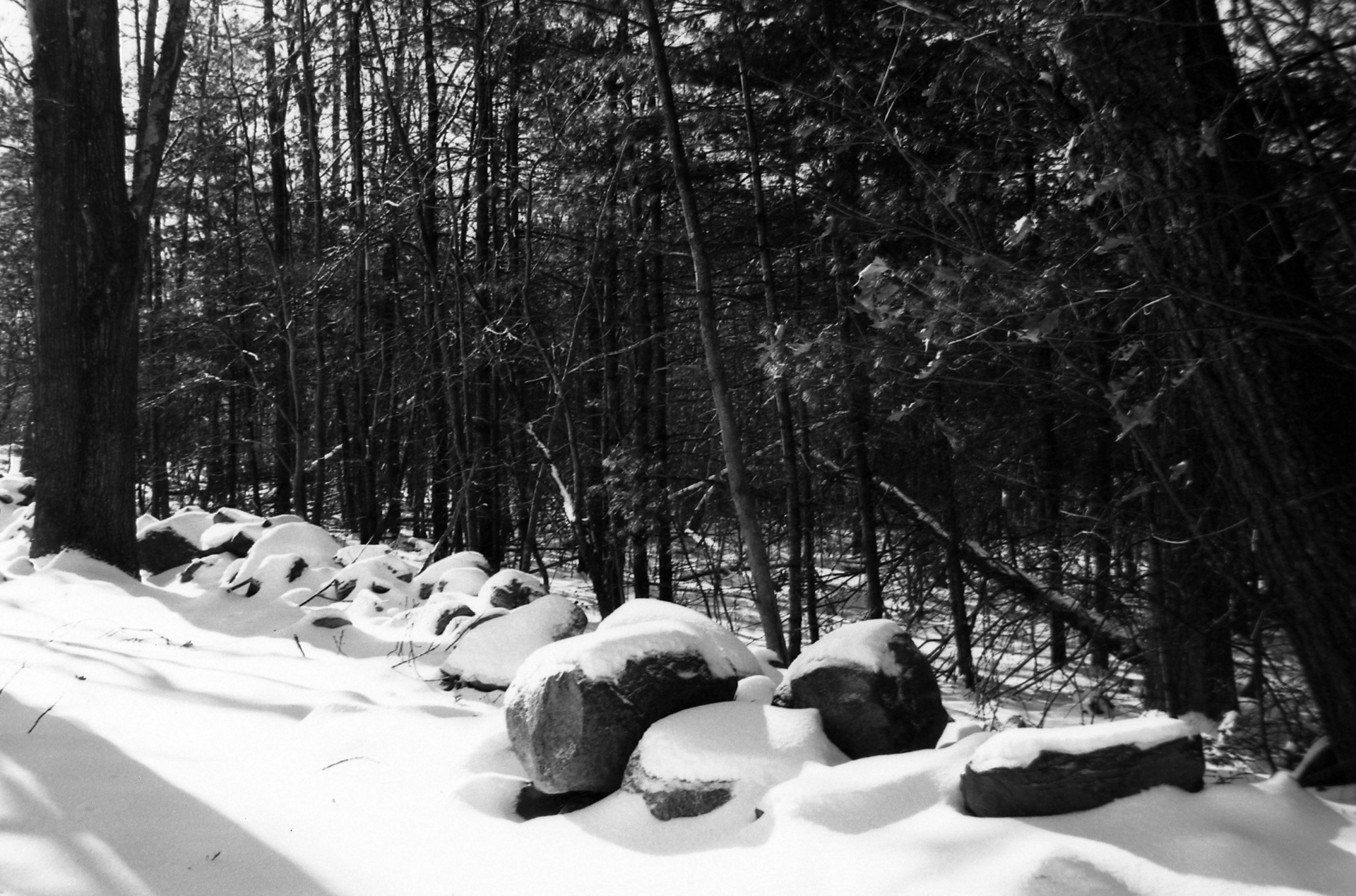
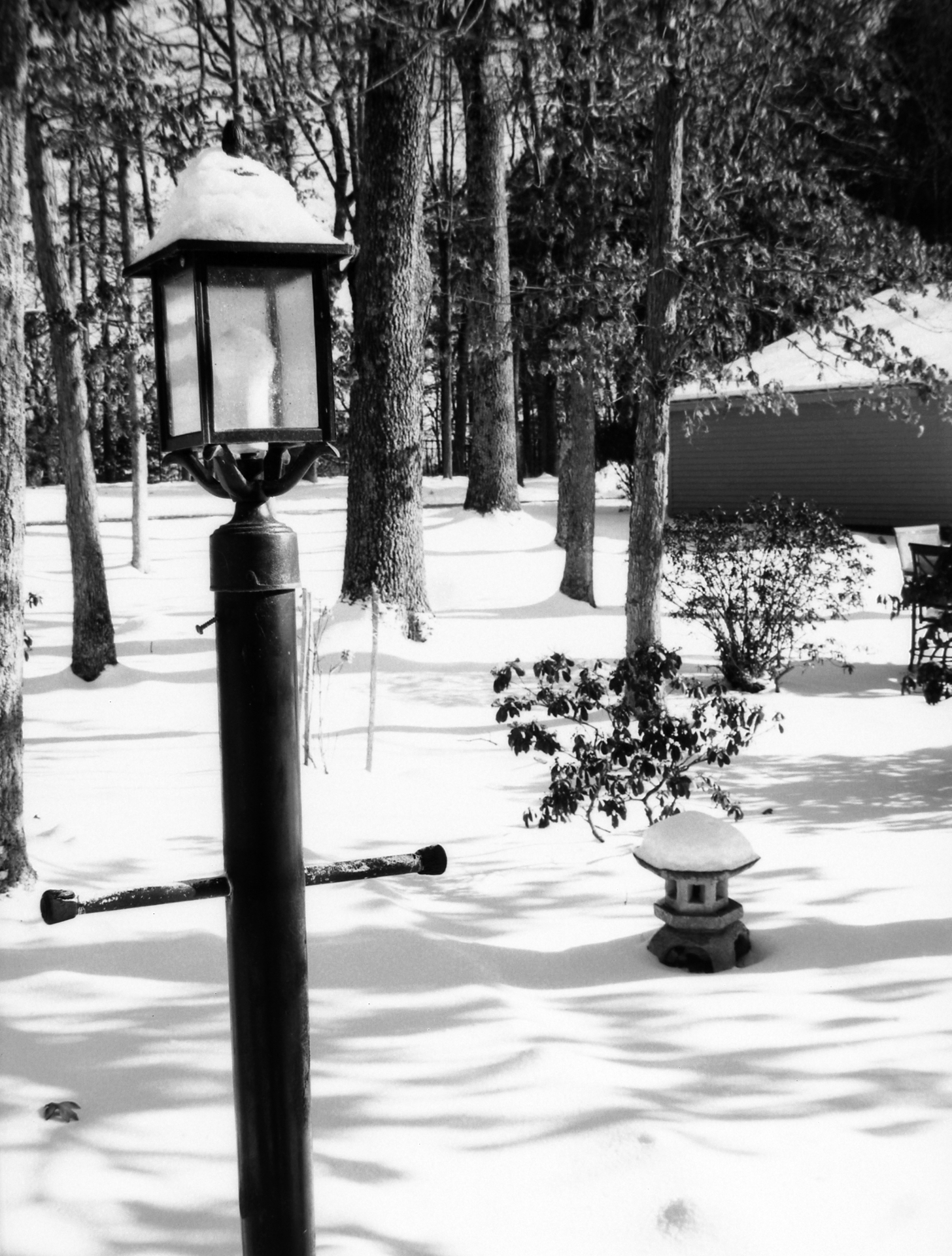
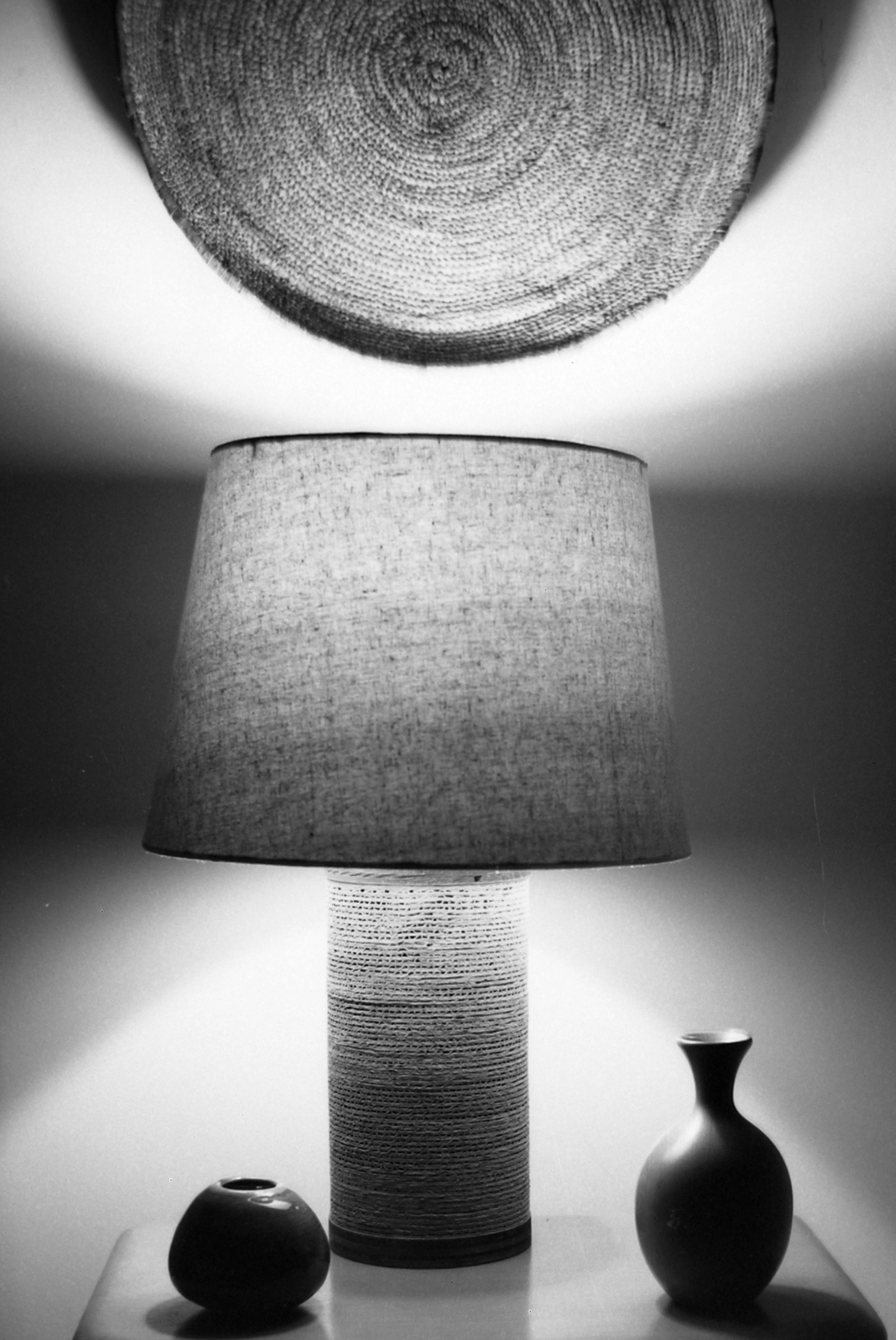
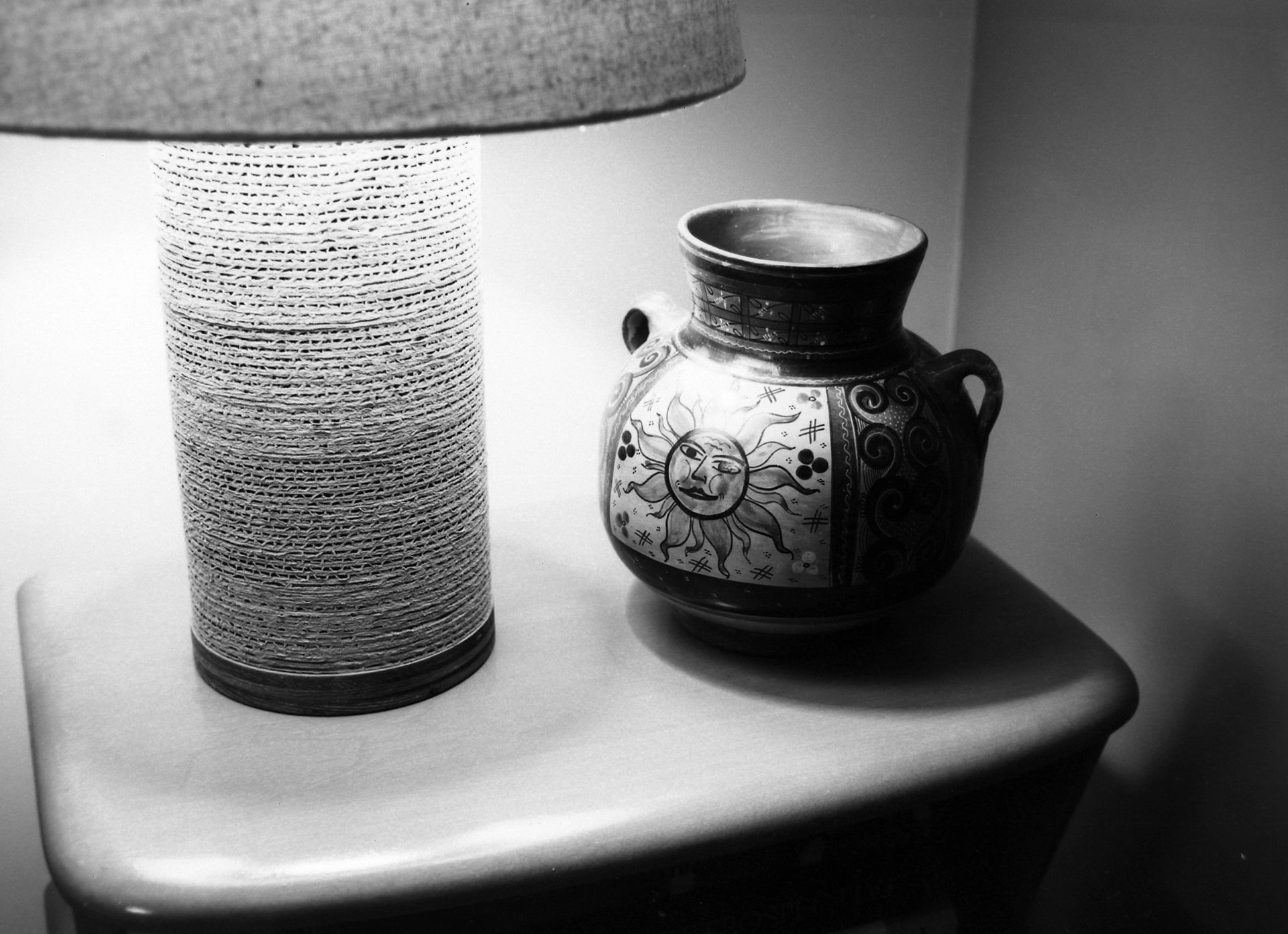
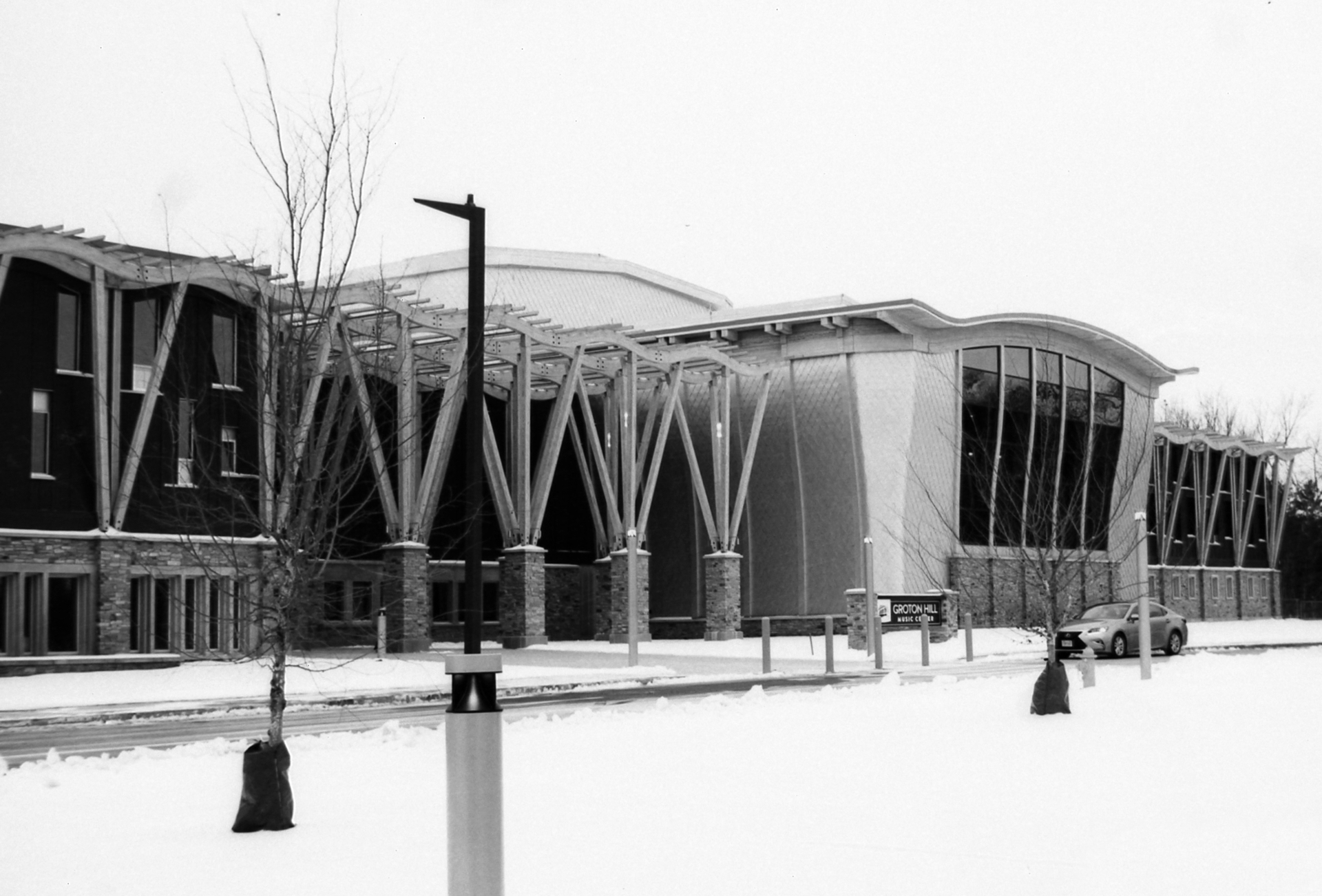
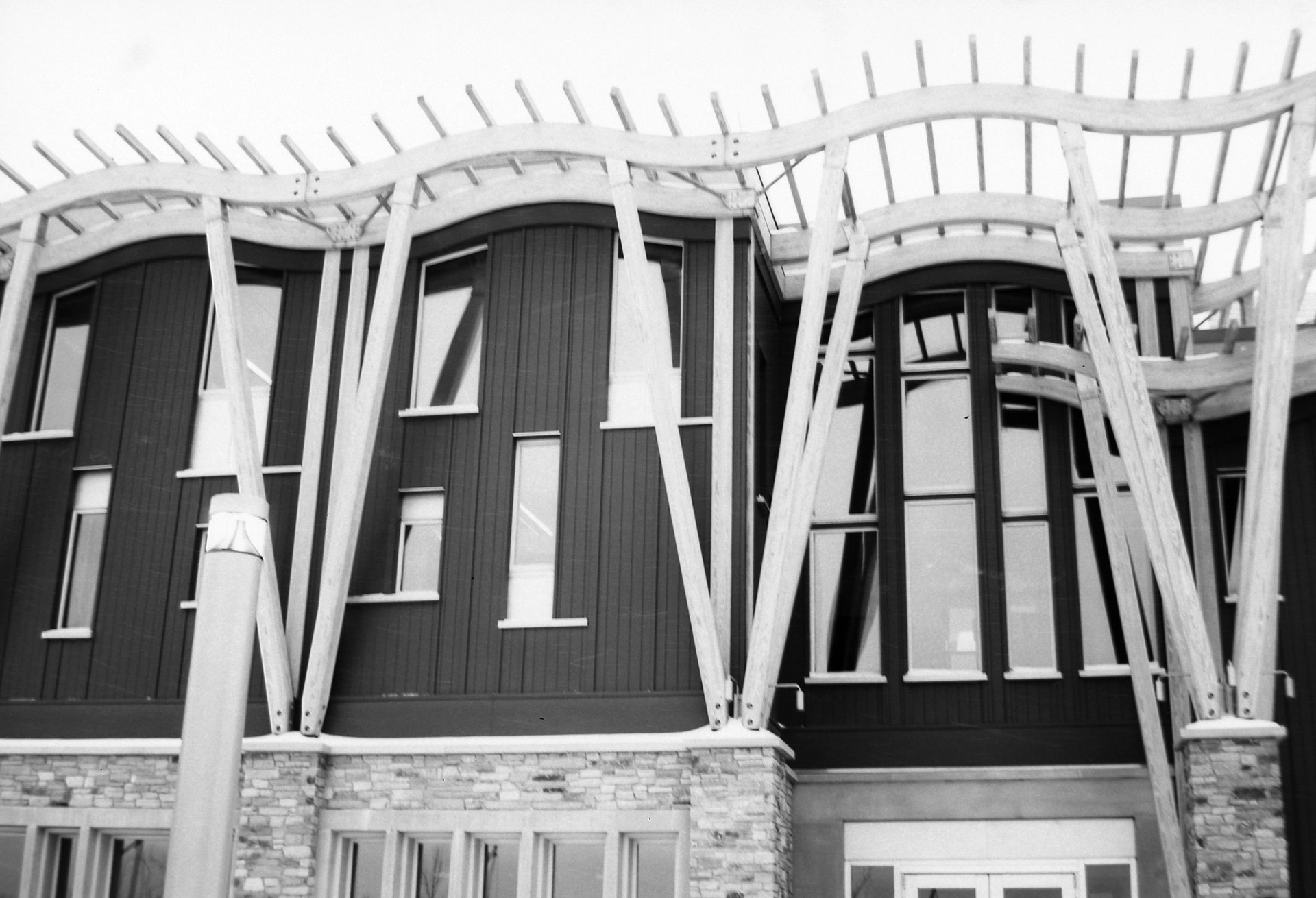
Final Thoughts
I found a YouTube video about fixing the CL’s shutter problem– but wanted to first shoot around the issue for this article before risking the operation. If I decide to try it (and succeed), I’ll post.
However, giving “broken ones” a chance may be an idea for our times. With prices of vintage cameras rising ever higher, trolling online marketplaces for “as-is/parts-repair/untested/or just-plain-cheap” units could be cost-effective fun. One would, of course, need enough info from sellers to anticipate ways to work around their cameras’ issues. And some listings provide this. Listing photos should also be CLOSELY examined for signs of dirt, damage, battery leakage and lens scratches/haze/fungus.
And a maximum price should be set. For instance, I just searched the “Bay’s” 35mm film cameras, from sellers in the United States, sorted from lowest to highest cost (including shipping), and found nearly fifty interesting possibles for under $20. Some had viewfinder covers with cracked plastic corners. (I already have a couple quite usable cameras with the same issue.) Others had battery doors that won’t remain closed. (Though a bit of a pain, gaffer’s tape has helped me with that before.) And slight battery leakage can be easily cleaned.
It can be entertaining to see what’s on offer for very little. But even more usefully, try searching for a specific camera that’s always interested you. This can be especially effective if the camera also happens to be little-known. I’ve always been interested in (admittedly well-known) Pentax Espio and IQ Zoom cameras. Many of them are relatively new (2001 to 2002) and rather nicely built. When I searched for them, a large percentage were simply “untested for lack of batteries and film” OR just low-priced and in great apparent condition. In either case, if a seller also seems honest and has good reviews, I might take a chance.
But back to my poor Leica CL. It lacked nearly everything— no usable viewfinder, no trustworthy meter, and a cobbled shutter. But its lens was perfect. And the only thing it needed to capture nice photos in a WIDE range of lighting conditions was slow film and one or two cheap accessories.
So just for fun, try sorting online camera listings from lowest- to highest-cost and see if any broken bargains happen to come your way. Just don’t pay a lot for them.
–Dave Powell is a Westford, Mass., writer and avid amateur photographer.
Share this post:
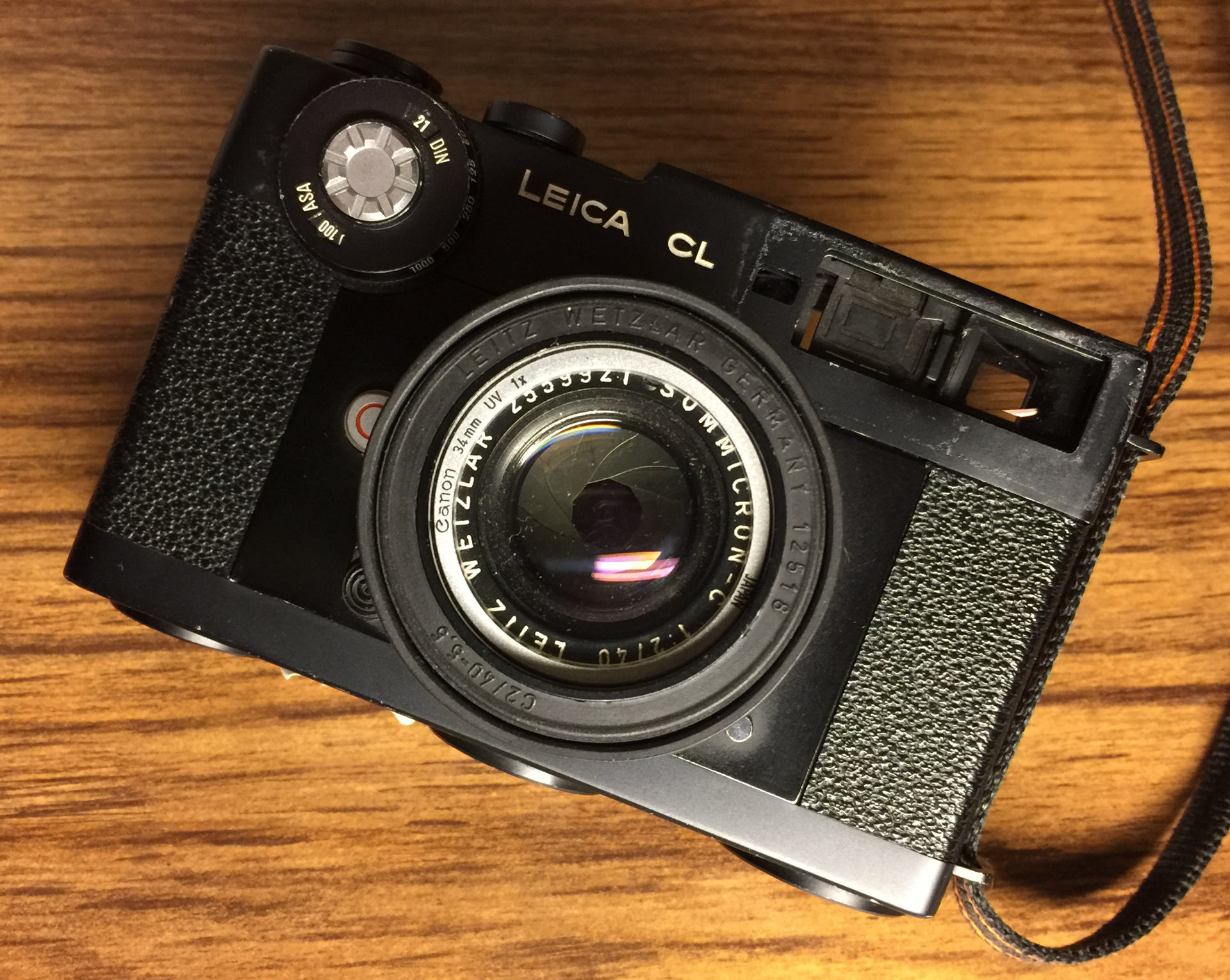
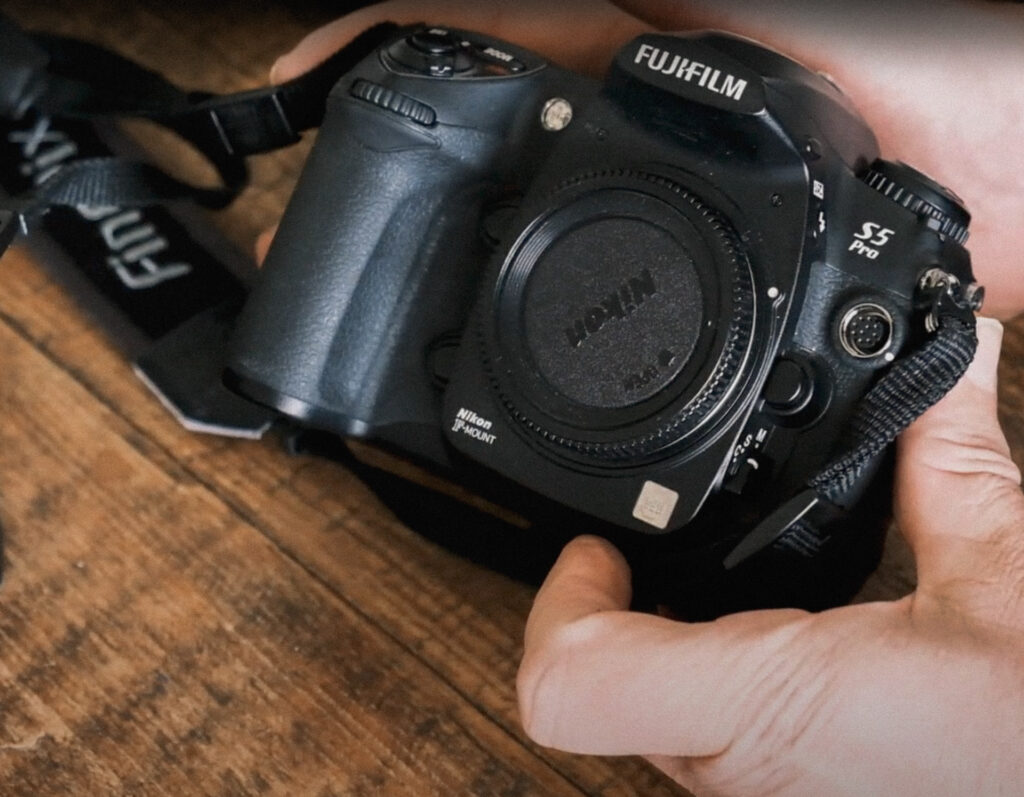
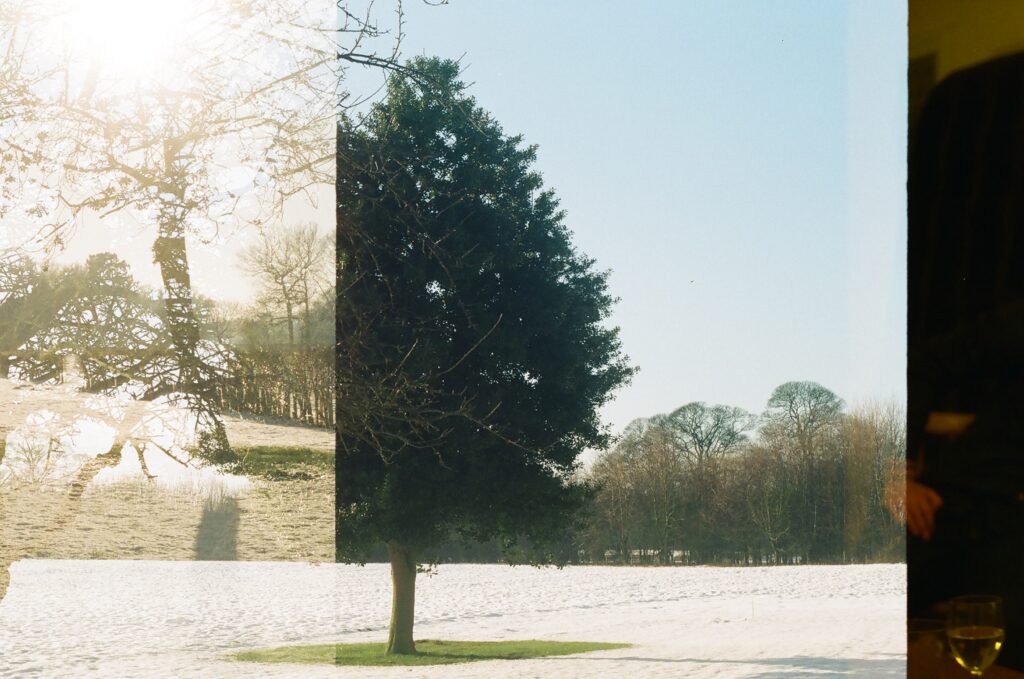
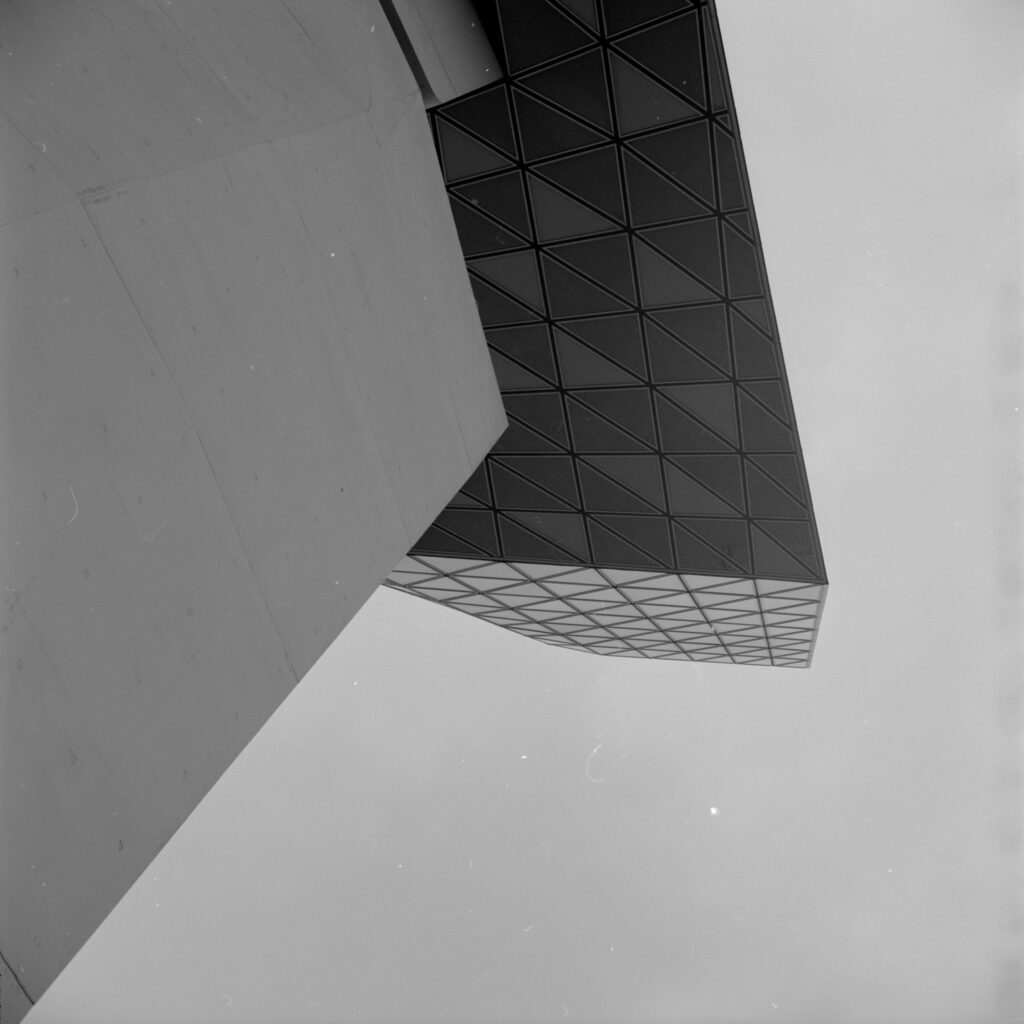





Comments
Philip on Give Broken Ones a Chance – Shooting a Damaged Leica CL
Comment posted: 27/03/2024
Comment posted: 27/03/2024
Michael Sherman on Give Broken Ones a Chance – Shooting a Damaged Leica CL
Comment posted: 27/03/2024
Comment posted: 27/03/2024
Geoff on Give Broken Ones a Chance – Shooting a Damaged Leica CL
Comment posted: 27/03/2024
Comment posted: 27/03/2024
John F. on Give Broken Ones a Chance – Shooting a Damaged Leica CL
Comment posted: 27/03/2024
Comment posted: 27/03/2024
Gary Smith on Give Broken Ones a Chance – Shooting a Damaged Leica CL
Comment posted: 27/03/2024
Comment posted: 27/03/2024
Comment posted: 27/03/2024
Comment posted: 27/03/2024
Comment posted: 27/03/2024
Peter Roberts on Give Broken Ones a Chance – Shooting a Damaged Leica CL
Comment posted: 27/03/2024
I rarely resist to temptation to rescue a battered heap of junk from a charity shop (aka thrift store in your part of the world). There's a great satisfaction about squeezing at least a few decent shots out of them. And there's always the chance that you'll strike lucky, quite a few of mine have become favourite regular users.
Comment posted: 27/03/2024
Paul Quellin on Give Broken Ones a Chance – Shooting a Damaged Leica CL
Comment posted: 27/03/2024
Comment posted: 27/03/2024
Ibraar Hussain on Give Broken Ones a Chance – Shooting a Damaged Leica CL
Comment posted: 28/03/2024
Comment posted: 28/03/2024